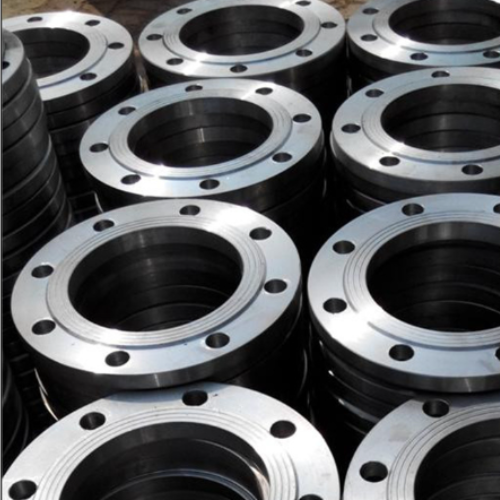pressure independent control valve
Understanding Pressure Independent Control Valves
Pressure independent control valves (PICVs) are vital components in modern HVAC systems, allowing for efficient control of fluid flow irrespective of pressure fluctuations in the system. As buildings become more sophisticated and energy-efficient, the significance of PICVs has gained unprecedented attention among engineers and facility managers alike.
What Are Pressure Independent Control Valves?
Conventionally, control valves regulate the flow of liquid or gas based on a change in pressure in the system. However, this approach often leads to inefficiencies. PICVs, in contrast, maintain a consistent flow rate regardless of the upstream pressure variations. This is achieved through an internal mechanism that automatically adjusts the valve opening, enabling a stable flow rate under varying conditions.
Benefits of PICVs
1. Energy Efficiency One of the most compelling advantages of PICVs is their ability to optimize energy consumption. By maintaining a consistent flow rate, these valves minimize the need for pumps to work harder to compensate for pressure changes. This results in reduced energy costs and lower operational expenses.
2. Improved Comfort Levels In HVAC systems, comfort is paramount. Variations in flow can lead to inconsistent temperature distribution in a building. PICVs effectively counteract this by ensuring that each zone receives the precise amount of heating or cooling it requires, leading to improved occupant comfort.
pressure independent control valve

3. Reduced Installation Complexity Traditional control systems often require additional equipment, such as pressure-regulating valves, to maintain a steady flow. With PICVs, the need for such components is significantly reduced, simplifying installations and reducing potential points of failure.
4. Enhanced System Responsiveness PICVs provide quick response to changes in demand. Whether it's a sudden increase in occupancy or a change in ambient conditions, these valves can adjust promptly, maintaining optimal system performance without significant lag.
5. Lower Maintenance Needs The design and functionality of pressure independent control valves tend to result in fewer maintenance requirements. This stems from their reduced reliance on other components and their robust nature. Fewer moving parts generally mean a lower risk of mechanical failure.
Applications of PICVs
Pressure independent control valves find applications in various fields, predominantly within the HVAC industry. They are extensively used in chilled water systems, hot water systems, and even district heating applications. Buildings that prioritize energy efficiency, such as LEED-certified constructions, often incorporate PICVs to meet stringent sustainability goals.
Conclusion
As energy efficiency and system reliability become increasingly critical in building management, pressure independent control valves represent a forward-thinking solution. Their ability to provide consistent flow rates while reducing energy usage and simplifying system design aligns them perfectly with contemporary engineering demands. As technology continues to evolve, the adoption of PICVs is expected to grow, propelling developments in energy-efficient systems and enhancing overall building performance. In a future where sustainability is paramount, understanding and implementing PICVs could well be a key resource for optimizing building operations and reducing environmental impact.
-
The Key to Fluid Control: Exploring the Advantages of Ball Valves in Industrial SystemsNewsJul.09,2025
-
The Versatile World of 1, 2, and 3 Piece Ball ValvesNewsJul.09,2025
-
Stainless Steel Ball Valves: The Ideal Choice for Efficient Flow ControlNewsJul.09,2025
-
Optimizing Fluid Control with Ball Float ValvesNewsJul.09,2025
-
Manual Gate Valves: Essential for Control and EfficiencyNewsJul.09,2025
-
Everything You Need to Know About Butterfly ValvesNewsJul.09,2025
-
The Versatility of Wafer Type Butterfly ValvesNewsJul.08,2025




